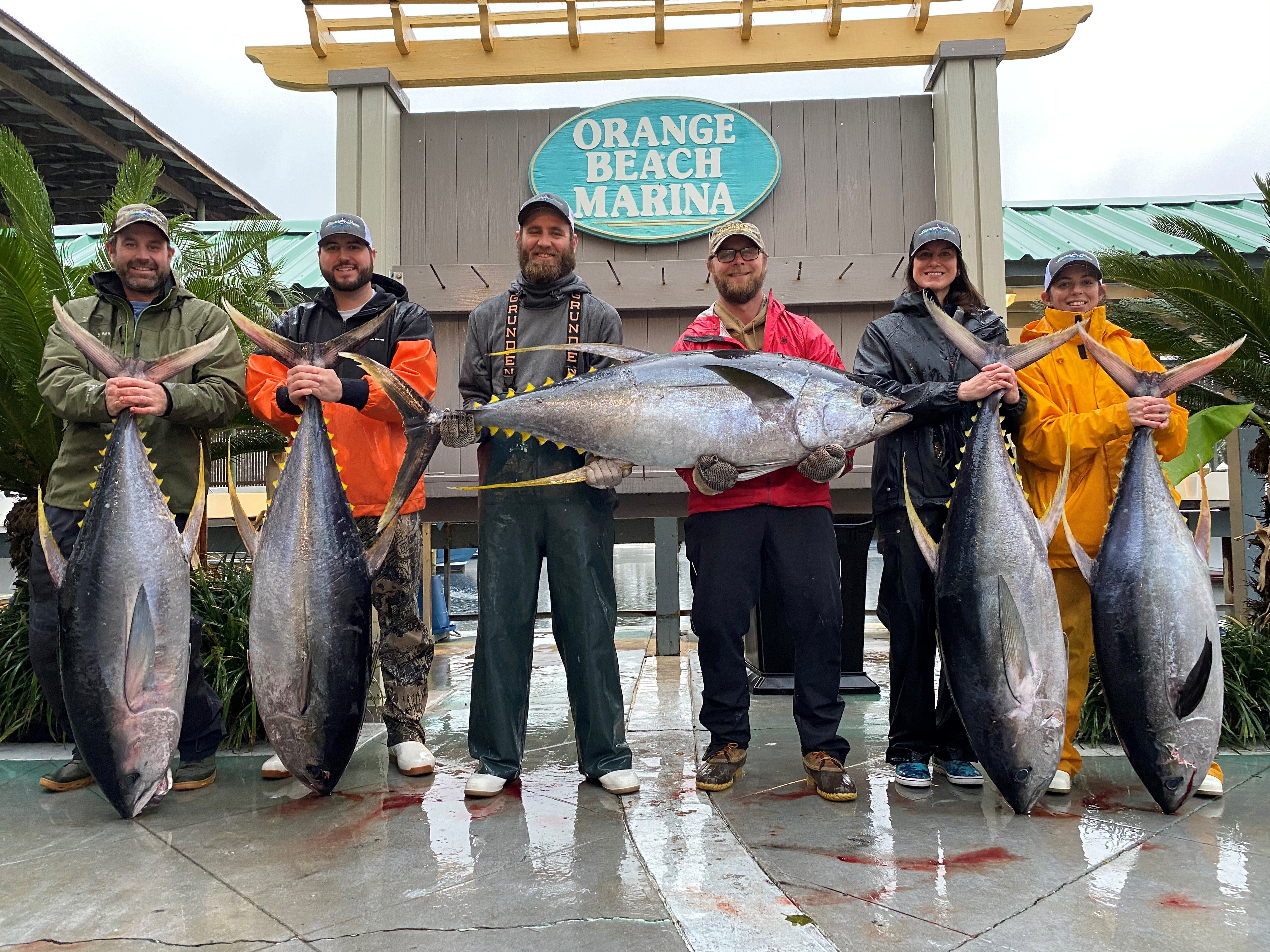By Chris Blankenship
Commissioner, Alabama Department of Conservation and Natural Resources
The waters of Alabama and the Gulf of Mexico are teeming with fish of all shapes and sizes. The amazing colors in God’s palette lend themselves to adorn the beautiful fish we all love to reel in and admire — and eat!
There’s a catch when it comes to your catches though: If it’s not in season or within the size limit, you’ll have to throw it back.
It can be tempting to keep a tasty red snapper in the spring or stock up on big momma speckled trout, but Alabama’s fishing rules and regulations are more than just arbitrary restrictions. Every time you throw back a fish that is not in season or not the right size, you’re helping Alabama’s natural populations sustain and replenish themselves.
This may seem like an obvious responsibility — to do our part to help our diverse ecosystems flourish — but without strict oversight of our local fisheries, we’d be at risk of overfishing. In fact, overfishing isn’t as uncommon as you might think. Both in our nation and worldwide, many examples come to mind of fisheries that, unchecked, become imperiled very quickly. The reef fisheries around Puerto Rico were in almost total collapse a few years ago but are rebuilding now, thanks to new limits, and you can ask Maryland and Virginia why Alabama processors ship lots of our blue crab up their way.
Thankfully for us and our neighbors, the good work of Alabama Department of Conservation and Natural Resources (ADCNR) biologists and enforcement officers is keeping the fish and seafood stocks in our waters trending in the right direction.
Sustainable harvest of fish, crabs, oyster, shrimp and other aquatic sea life is part of what makes living on and visiting Alabama’s coast so special and memorable. Simply put, our fisheries must limit harvesting to allow populations to replenish themselves and enforce fishing methods that won’t have a damaging environmental impact, all while complying with state, national and international regulations.
Most minimum size limits of fish are set just above the length where most of the fish of that species reach sexual maturity. This just makes good common sense. For stocks to replenish themselves, we need the fish to spawn at least once before they are harvested. When you catch an 11-inch flounder, throw it back and let it find a female friend and do its thing so they can make a bunch of baby flounder that we can harvest in future years.
While it is important for the fish to spawn at least once before harvest, some fish species have egg production that is exponentially larger as they get bigger. That is why we have some fish with slot sizes where you can only keep one fish over a certain size. This has been the case for red drum for a long time. We added a slot limit for spotted sea trout (speckled trout) a couple of years ago. Speckled trout females over 22 inches produce millions more eggs than fish in the 15- to 16-inch range. We want those big momma fish out there spawning away to produce the amount of fish needed to sustain the fishing pressure increase we have seen over the last decade on speckled trout. And it is working. We have seen populations of flounder and spotted sea trout trending in the right direction just two years after we modified our regulation to provide those two species with more protections.








